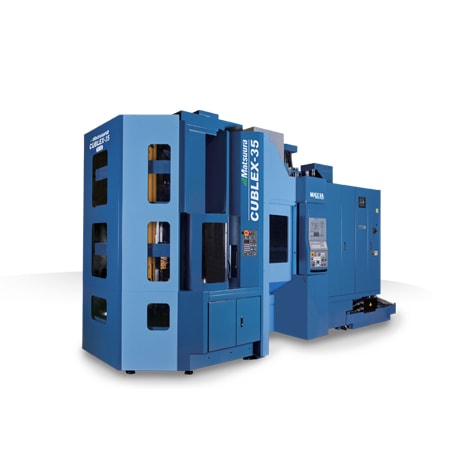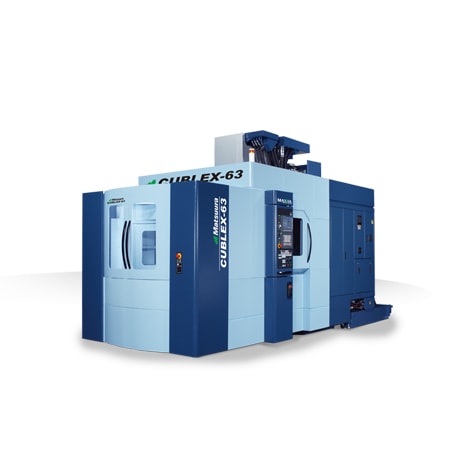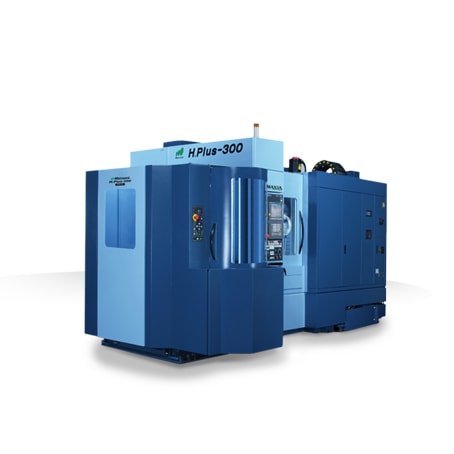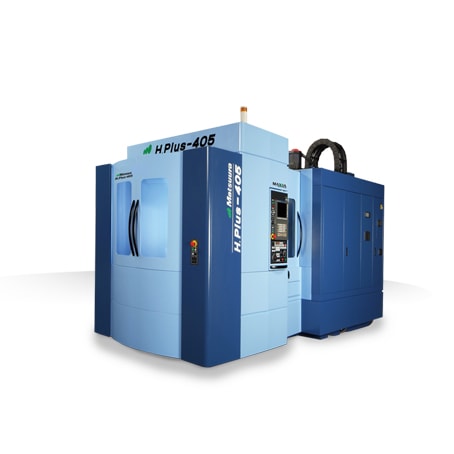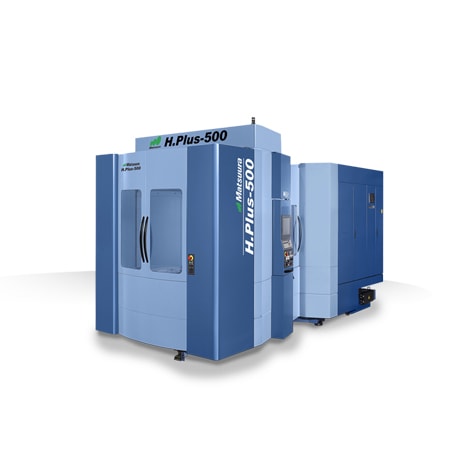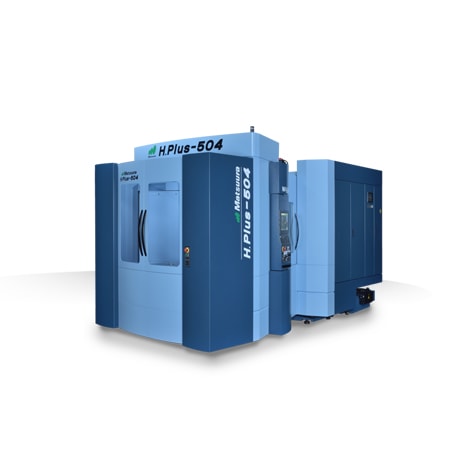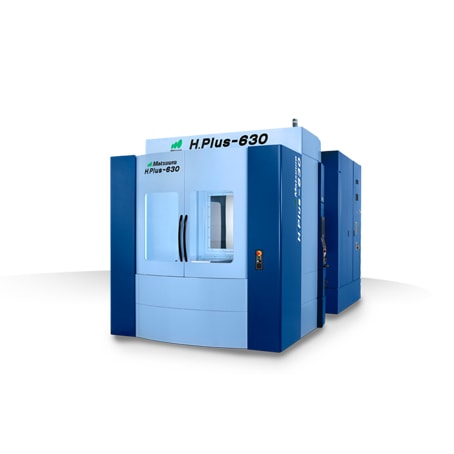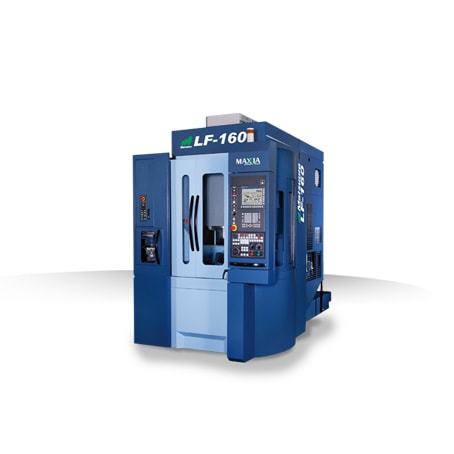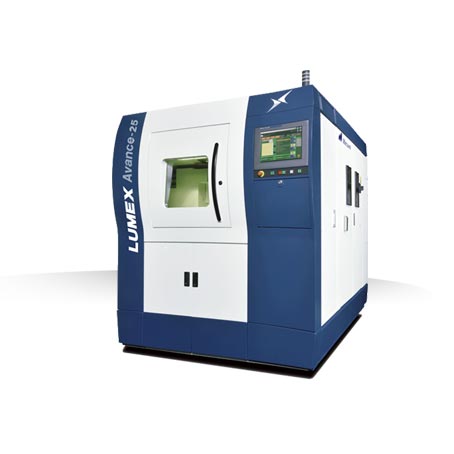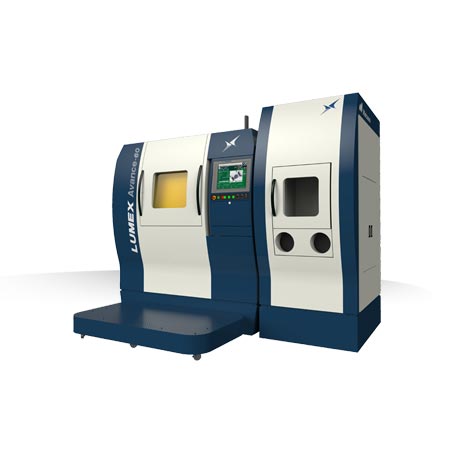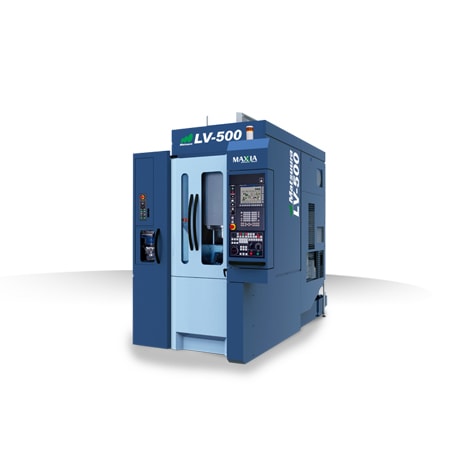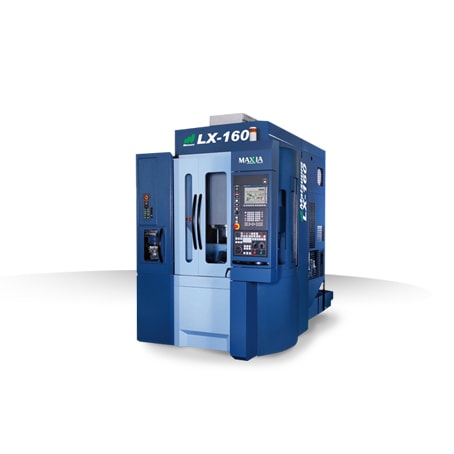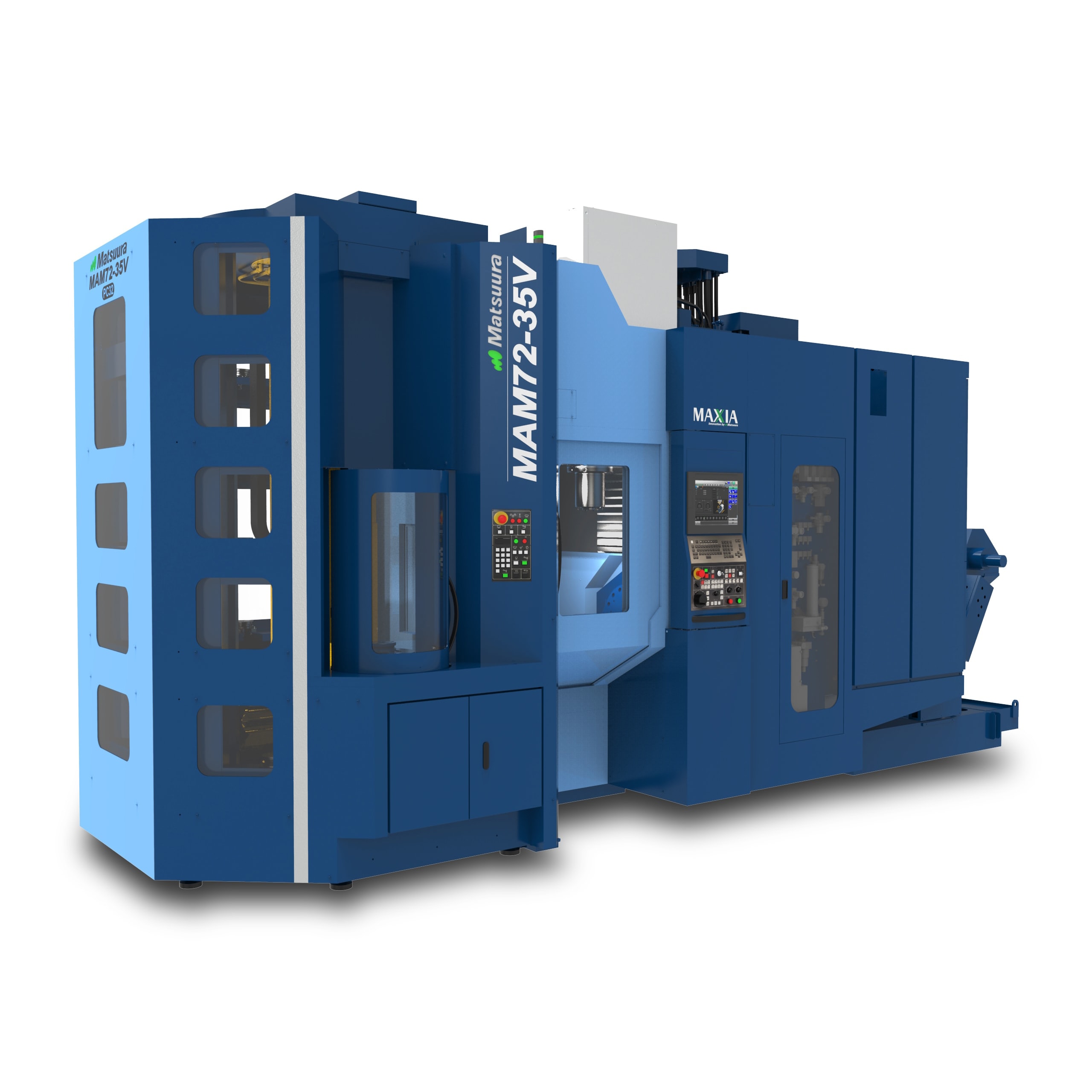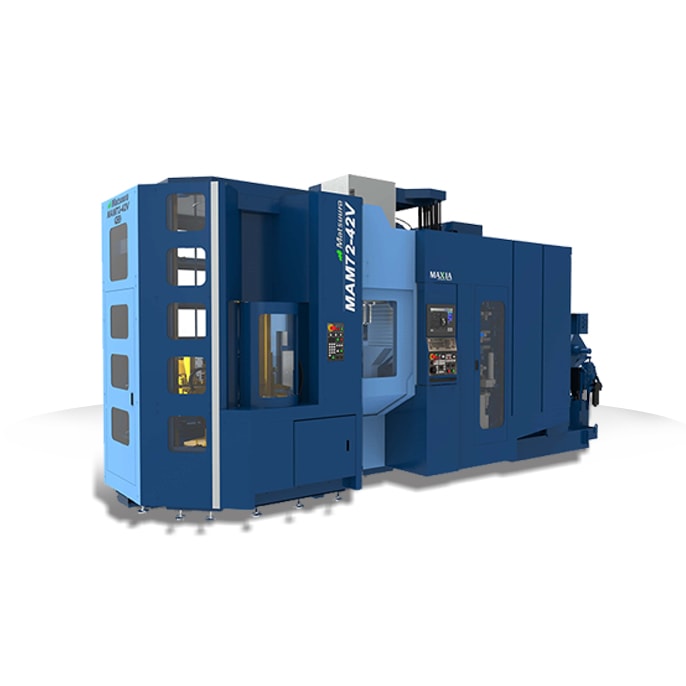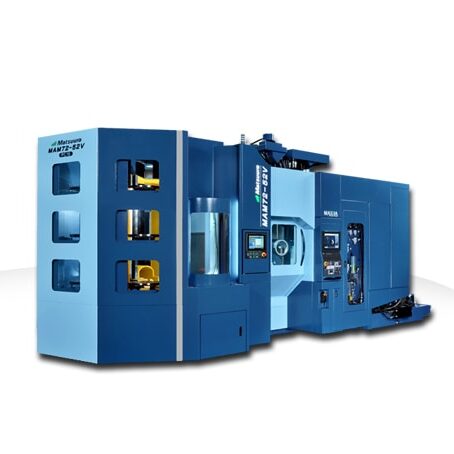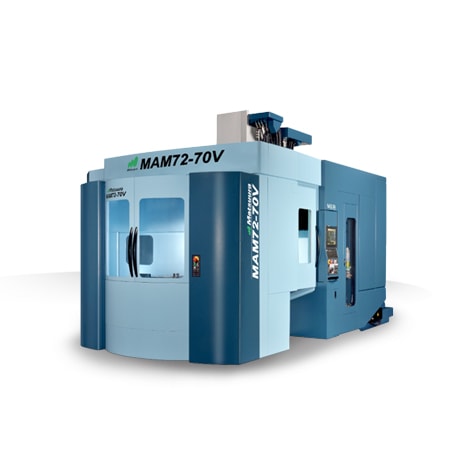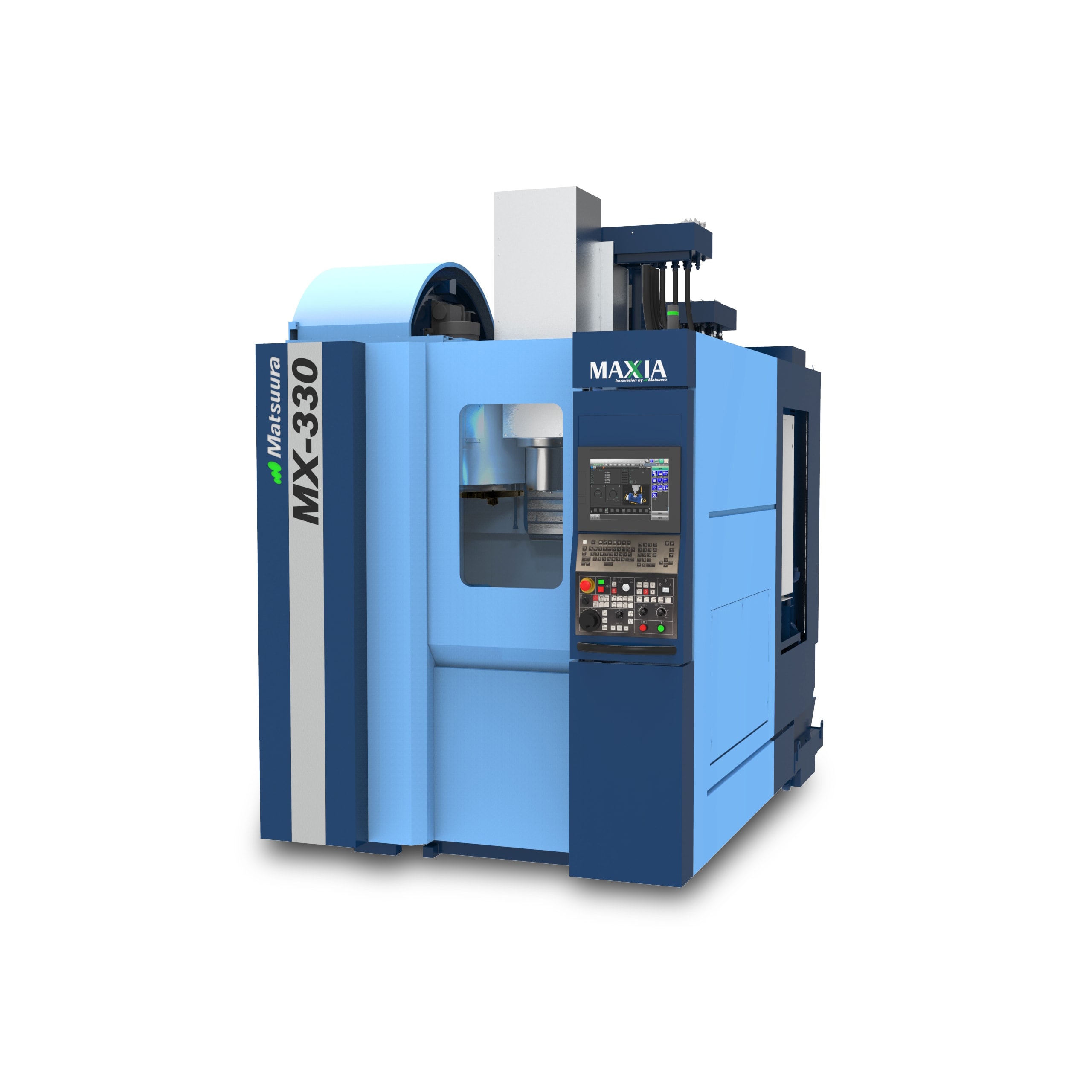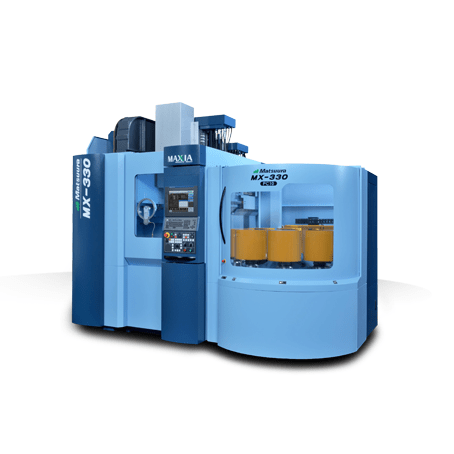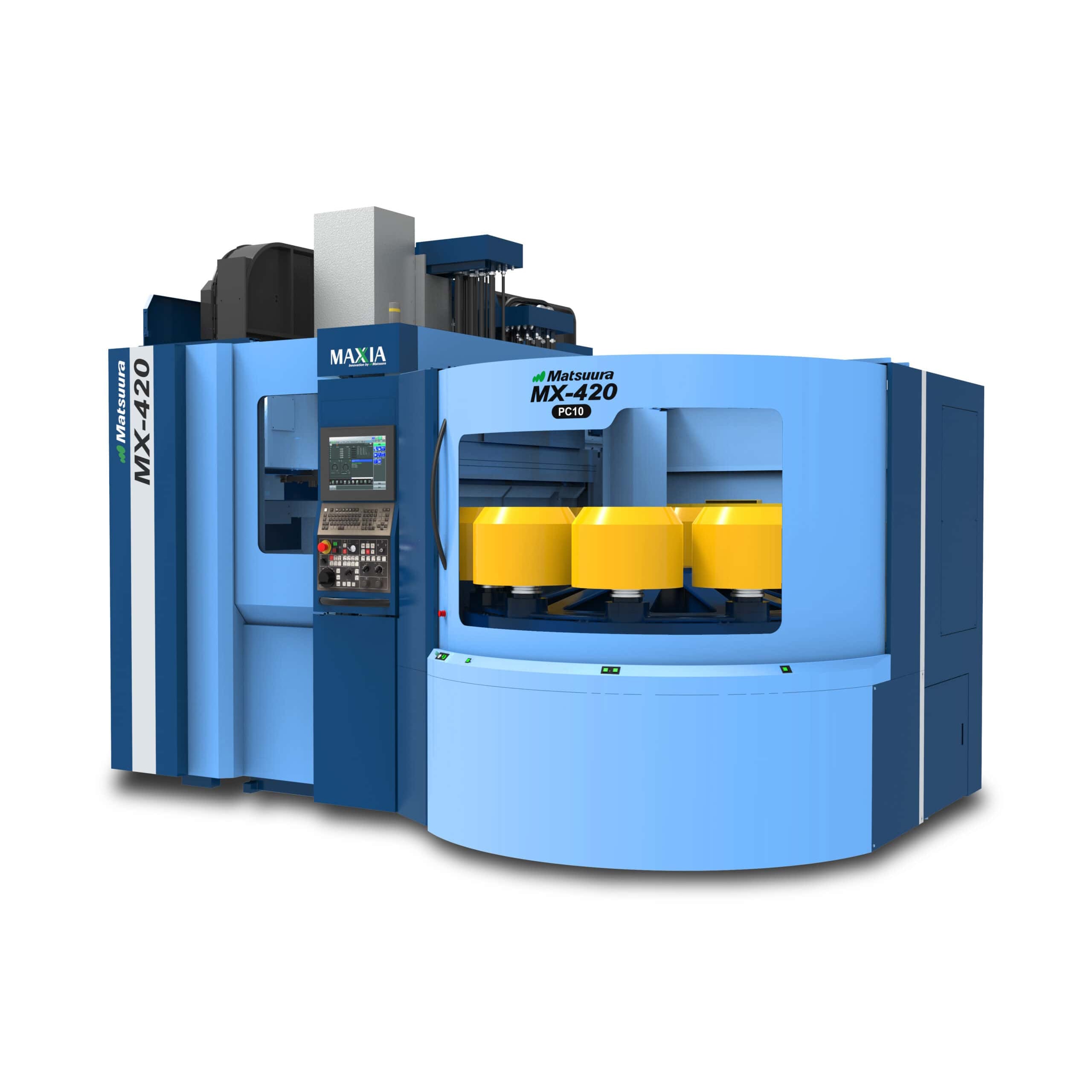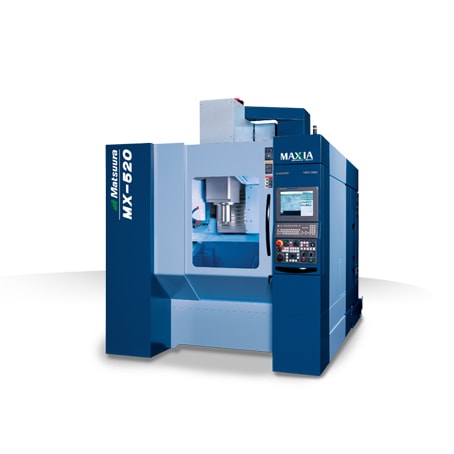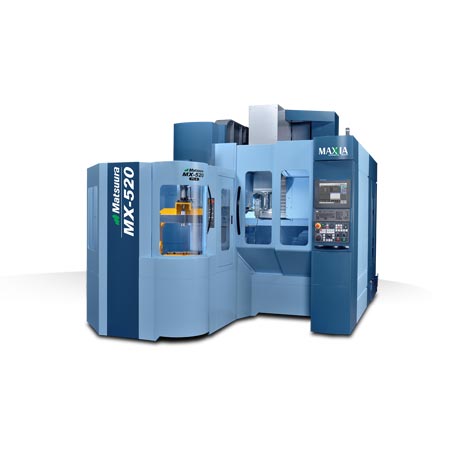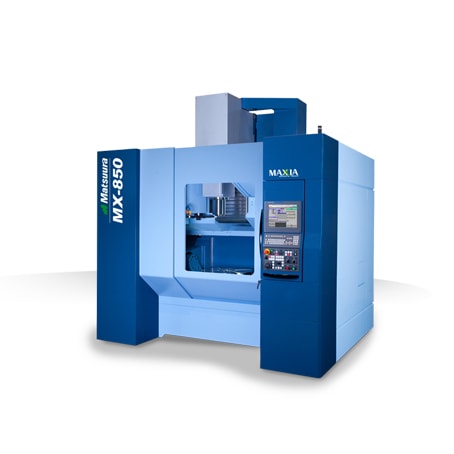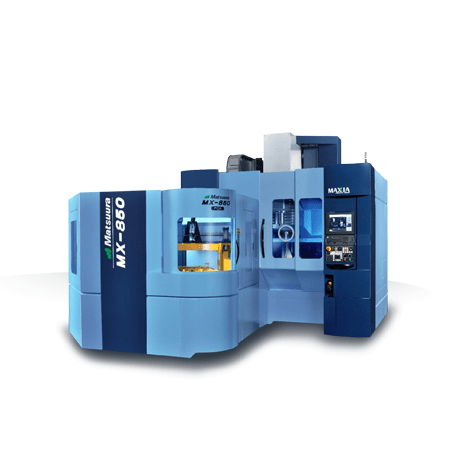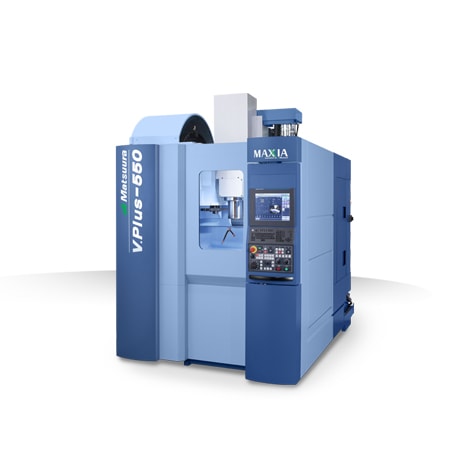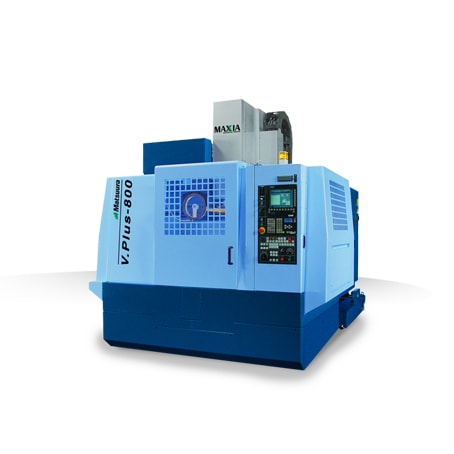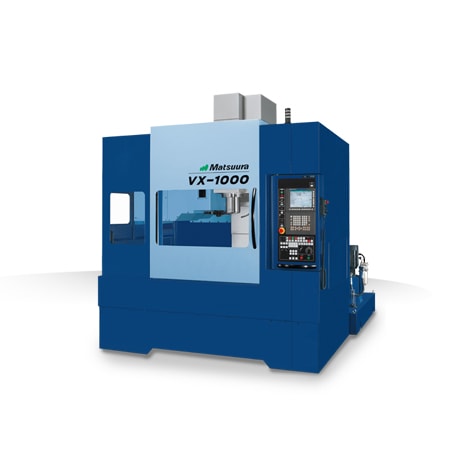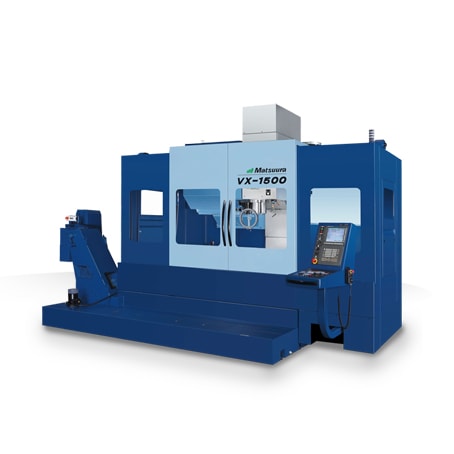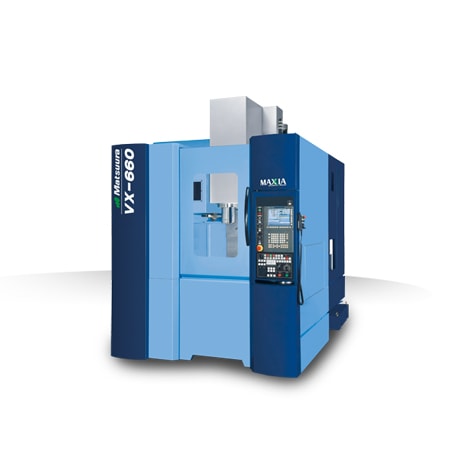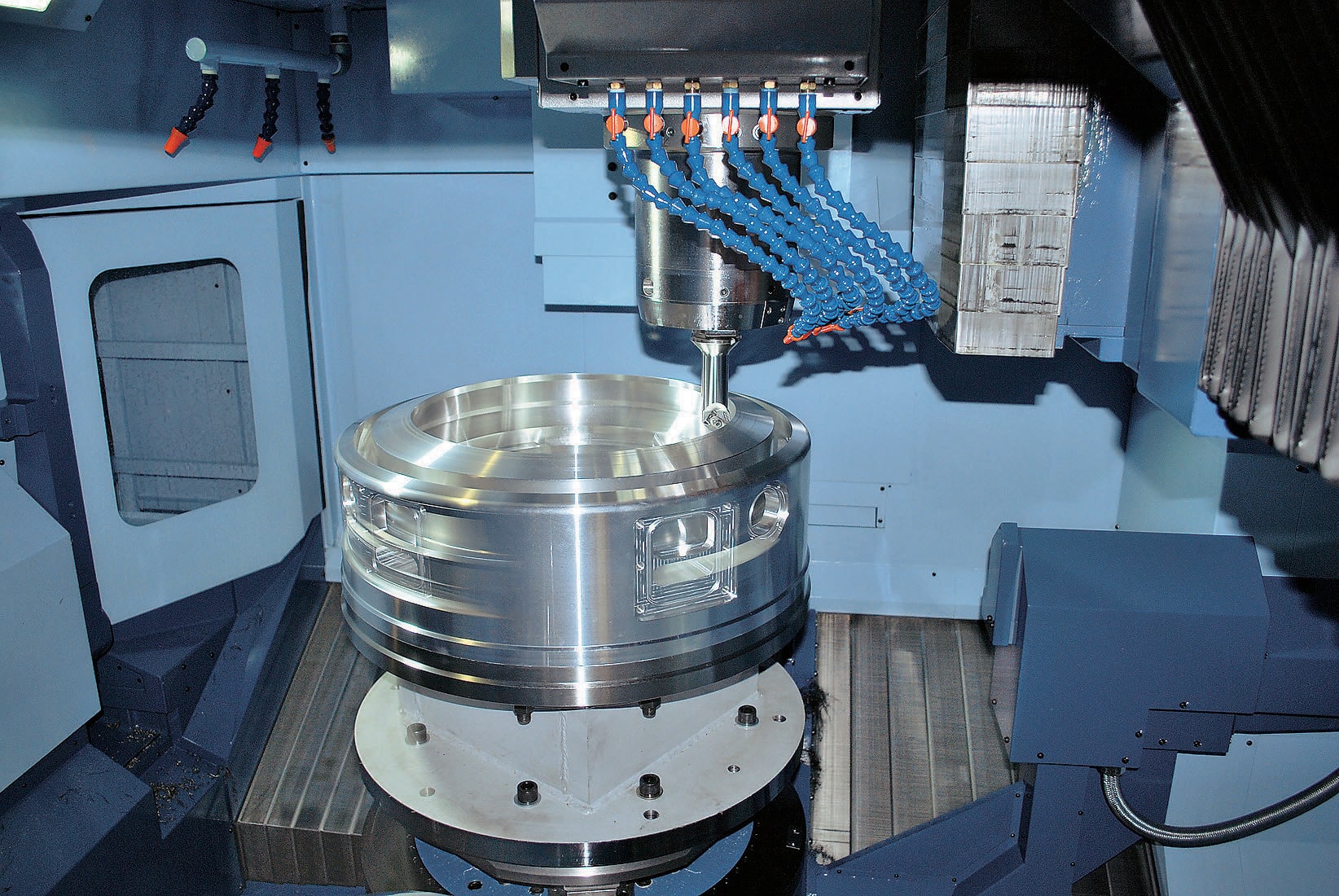 St. Paul, MN (May 8, 2019) — According to Wayne Chaneski, President, Smart Manufacturing Solutions, for as long as lean manufacturing concepts have been around, there are some who still do not understand what lean is and why it’s an important part of a continuous-improvement strategy.
St. Paul, MN (May 8, 2019) — According to Wayne Chaneski, President, Smart Manufacturing Solutions, for as long as lean manufacturing concepts have been around, there are some who still do not understand what lean is and why it’s an important part of a continuous-improvement strategy.
What is lean manufacturing?
In simple terms, lean manufacturing is a process that operates effectively through the elimination or reduction of waste. There are proven tools to address waste, such as the 5S system to improve workplace organization, quick change-over to reduce machine setup times, total productive maintenance to reduce equipment downtime, one-piece flow to keep things moving until finished, standard work to discover the best way to do a job and ensure everyone follows the same protocol, and more.
What is waste?
Waste is any activity that does not add value from a customer’s perspective. Another way to think about waste is that it is something a customer does not want to pay for. Over the years, eight specific types of waste have been identified. An easy way to remember them is through the acronym DOWNTIME:
- Defects include anything that was done wrong and needs to be fixed.
- Overproduction happens when a manufacturer makes more than is needed or makes something too fast or soon.
- Waiting happens when something goes wrong or doesn’t go as planned in a prior process, creating idle time. It generally refers to processes or products rather than people who can usually find something to keep them busy rather than stand idle.
- Non-value-added processing is taking more action than necessary to meet a customer’s needs when making a product or offering a service.
- Transportation is excess movement of products through the process. If the shortest distance between two points (or processes) is a straight line, a more circuitous path is excessive.
- Inventory is needed to make any process functional, yet anything more than is required to satisfy immediate needs can be considered excessive.
- Motion is a waste when people look for things, rearrange items and reach for/lift things frequently during any process.
- Employee under-utilization includes not applying employee skills, knowledge and experience to their fullest potential. It can breed frustration or complacency.
How do you get rid of waste in a process?
Getting rid of process waste starts with recognizing the waste and taking steps to address it. There are a few ways to recognize waste. One is a “waste walk” during which a team walks through an entire process the way a product might, looking for the eight wastes described above. The wastes should be recorded when found and discussed amongst the team. Another way to identify waste is value-stream mapping, a tool that depicts all the steps used to produce a product or deliver a service. Waste can be represented as the number of days an inventory sits at each step. This inventory can include parts, orders, deliveries, responses to customers and more. The number of days is calculated by dividing the inventory by the daily demand for that step in the process. So, if 10 widgets are available for a specific process step, and the average daily demand for widgets at that step is two, we have five days of demand. The more days of demand, the greater the amount of waste at that step. Elapsed time, or the time something typically waits at a process before moving to the next process, is another way to represent waste. The longer the elapsed time, the greater the waste inherent to that process.
When are we “lean enough?”
If we believe in continuous improvement, we know we are never really finished. Lean, like continuous improvement, is a journey in which many small but sustaining gains are made. If we can say that what we are doing today is better than yesterday, we are on the right path.
Matsuura Machinery USA, Inc., located in St. Paul, MN is the U.S. subsidiary of Matsuura Machinery Corporation in Japan. Since 1935, Matsuura has been the forerunner in designing innovative technology and manufacturing solutions to a variety of industries around the globe. Matsuura Machinery USA, Inc. delivers unmatched excellence in 5-axis, vertical, horizontal, linear motor, multi-tasking CNC machine tools and machines with a powder bed metal AM platform with machining capability. Matsuura Machinery USA, Inc. provides the service, applications and technical field support that have always been the Matsuura standard for business. For more information on Matsuura products, contact: [email protected] or visit: www.matsuurausa.com.
